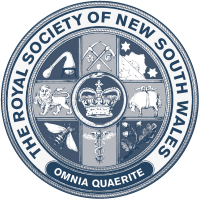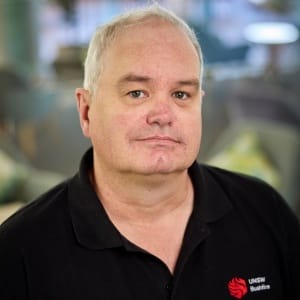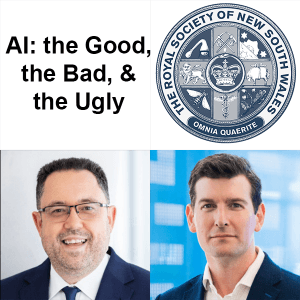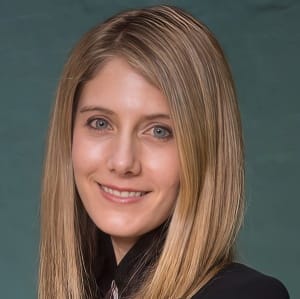Annual Black-Tie Dinner, Distinguished Fellow’s Lecture and presentation of the Society’s 2015 awards
Guest of honour: The Society’s Vice-Regal Patron, His Excellency General The Honourable David Hurley AC DSC (ret’d), Governor of New South Wales
The Distinguished Fellow’s Lecture delivered by Emeritus Professor Eugenie Lumbers AM DistFRSN
Wednesday 4 May 2016
Union, University & Schools Club, 25 Bent Street, Sydney

Judith Wheeldon AM (Vice President), Stephen Ho, Warwick Anderson, His Excellency General Hurley, Christopher Dickman, Brynn Hibbert (President) and Peter Baume

Eugenie Lumbers AM DistFRSN, Michael Burton and Brynn Hibbert
The Clarke Medal for 2015 in the field of Zoology was presented to Professor Christopher Dickman, School of Biological Sciences, University of Sydney.
The Royal Society of NSW History and Philosophy of Science Medal 2015 was presented to Professor Warwick Anderson, ARC Laureate Fellow and Professor in the Department of History and the Centre for Values, Ethics and the Law in Medicine, University of Sydney.
The Edgeworth David Medal for 2015 was presented to Associate Professor Simon Ho, ARC Queen Elizabeth II Fellow, School of Biological Sciences, University of Sydney.
The Hon Emeritus Professor Peter Baume AC DistFRSN was presented with his distinguished fellowship certificate by the Patron.





